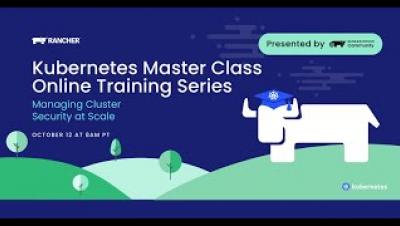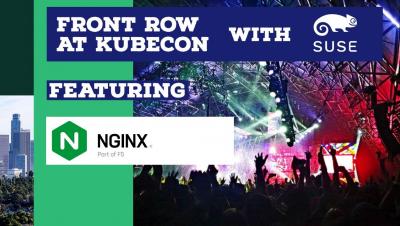Introduction to Kubernetes
From Raspberry Pis to satellites in space, Kubernetes continues to be the lifeblood of the cloud-native landscape and is a fast-moving train increasing in both popularity and demand, among businesses and developers. As a result, K8s has experienced rapid adoption and progressive development as an ecosystem. But what exactly is Kubernetes and why is it so popular? Even more, what are the necessary basics for someone to get started with K8s?











